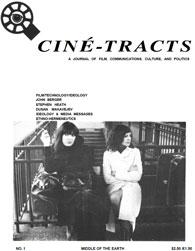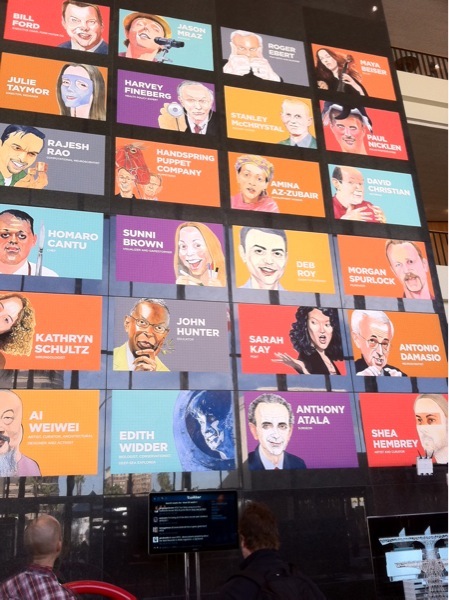TED (2)
 Thursday, March 3, 2011 at 9:22AM
Thursday, March 3, 2011 at 9:22AM Sunni Brown presented a defense of doodling. She suggested that doodling allows people to make spontaneous marks to help you think. Paul Nicklen who is Canadian shoots polar photography. It could also be described as extreme photography in difficult and challenging places. "National Geographic publishes pictures not excuses." What I really learned from him is that polar ice is actually an inverted garden with the seaweed hanging down. Fish live in close proximity to the ice. So do all the smaller bacterias and plankton that fish feed on. There are billions of anthropods underneath ice and these are one of the crucial links in the food chain.
Thomas Heatherwick is an extraordinary architect whose main goal is to bring the materiality of buildings into close contact with "soulfulness."
One the central but not declared themes of TED this year is visualization and data mining. Carlo Ratti has developed a method to understand the topography of cell phone use. Understanding this topography can encourage a deeper appreciation of the content that we exchange, but the problem with this approach is that it prioritizes the data over the message. Databases become messages and the depth of content, as well as its contradictions disappears within attractively designed maps and topographies.
Aaron Koblin suggested that the culture of the 21st century will be defined by the interface. The interface becomes the message.
Julie Taymor gave a presentation that emphasized the importance of the ideograph both as metaphor and reality for the creative process. "Sunrises are important of course, but the telling is even more important."
One of the best presentations came from Salman Khan. Check out the Khan Academy on the Web where you will find 2200 courses on all sort of topics. He discussed the importance of a new commons for education and his talk was a genuinely important one for the future of education and learning in the 21st century.
More to come...




